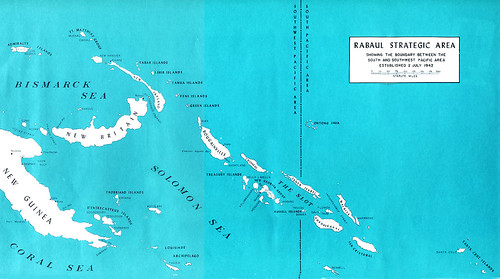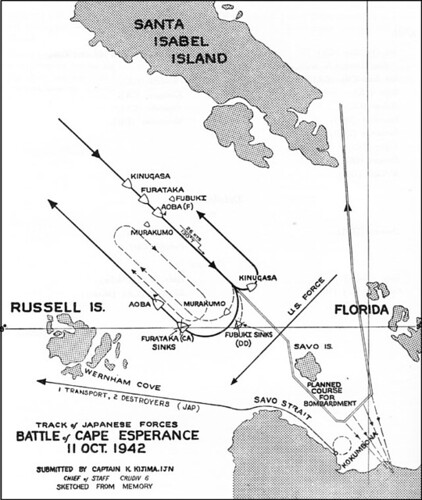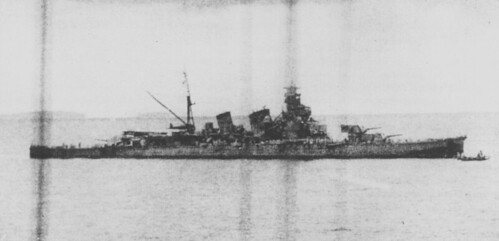The North Atlantic Treaty Organization (NATO) in 2022; what is it actually for?
Before we address that question, we should remind everyone of the most well known quote from NATO’s first Secretary General, Lord Hastings Lionel Ismay;
The Soviet Union is dead three decades on, and besides a spot of bother inside the Iron Curtain when it existed and a bit in the Balkans, Georgia, and yes Ukraine … Europe has been at peace from major wars for a very long time.
This is a good thing we should want to keep going. To do that, you need to demonstrate strength and resolve, and it can’t always be from the USA. We are just one election, domestic squabble, or national disaster away from leaving Europe to her own devices. The free nations of Europe need to be ready. America many not always be there, and she can never value European peace more than Europeans themselves.
Today, only one nation is a direct threat to peace in Europe; Russia.
Russia, by its own admission and by her position on the UN Security Council is the successor nation of a rump Soviet Union … just as the Soviet Union was the Russian Empire under a different ruling class.
Though there were a few unrealistic optimists in the 1990s who thought the world – or at least Europe – woke up from history, it didn’t. With time the general consensus came over to the realist side that NATO’s job was not yet done. While Russia was Russia, there was an opportunity to advance the borders of the modern European and Western ideal; a free society.
While long-standing NATO ally Turkey in the last few decades continued its slide away from the Western governing ideal, the former Communist dictatorships of the Warsaw Pact and the former Soviet Baltic Republics were brought into NATO’s club and on balance have advanced impressively with some minor exceptions.
As that took place, a weak and supine Russia suffered, stewed, and struggled. She took the advances to her west with a mix of humiliation, awe, disgust, and in places – envy. With the new century and with the West distracted with tilting at windmills in Central and Southwest Asia, Russia got her footing. She stabilized and on Russian terms, regained some of her strength and confidence.
Russia did what she always has done in her near abroad; looked with suspicion at distant powers and with lust at more advantageous geography.
She also tested for weakness. She found it.
A little gain here for a little risk. Let it settle, gain a bit more with more risk. A nibble at Georgia. A chomp at Crimea. A taste of the Trans-Dniester.
And so we find ourselves looking at a mobilization not see in Europe since the Warsaw Pact crushed the Prague Spring in 1968.
Addressing Ukrainian President Zelenskyy's complaints the west is hyping the potential for a Russian invasion, #NATO Sec Gen Stoltenberg counters, "There is no sign this military buildup is slowing down. It continues. That's a fact; that's reality." pic.twitter.com/3Blgag27Sa
— Teri Schultz (@terischultz) January 31, 2022
As in all systems, you won’t see where your weakness are until it is put under stress. NATO is no different. The weak spots can be seen in stark relief.
Anglo-America: when in doubt, send lawyers, guns, and money. GBR and USA have stepped up to the front to try to make any move against UKR riskier to the Russians and to bolster front-line NATO states’ resolve.
Need Encouragement: DNK, NOR, ITA, and NLD can usually be convinced to lean in firmly if the Anglo-Americans do. So far, they seem – to varying degrees – willing.
Former Warsaw Pact: Except for HUN who seems to want to play some type of two-sides game with Russia, the other former Warsaw Pact nations know what Russia can be and are holding strong. Led by POL, the nations of CZE, SVK, ROU, and BGR are either outright providing aid or are helping to strengthen alliance presence at their eastern borders.
Baltic Republics: LTU, LVA, and EST. They are doing all they can and as a result deserve even more support from the alliance.
The Conflicted: Due to internal political disagreements or being just too poor to take risk, these NATO nations can be relied on to be at best passively neutral to help-me-if-you-can; HRV, ALB, SVN, MNE, and MKD.
The Floaters: These nations will vary from “I’m-not-here-don’t-look-at-me” to “I’ll-pretend-like-nothing-new-is-happening-and-will-send-something-if-it-was-already-scheduled.” They will generally be open to do something if they have to, but would prefer to let someone else do the spending and bleeding. All friend groups have these guys; CAN, PRT, ICL, ESP, LUX, GRC, and BEL.
The Ottomans: the Turks are in their own category, as usual. They are happy to sell weapons and support to the Ukrainians if for no other reasons than to twist the knife in the Russians for taking that territory from them in the 18th and 19th Century…but will do so on their terms to their gain on their schedule.
The Old Powers: “Free rider” might be too nice of a word here to describe what the Germans are doing. DEU is using 20th Century excuses – plus some 19th century mercantilist perfidies, to excuse herself from acting like a responsible power. I wish this was just some ham-fisted iteration of Ospolitik, but I don’t think we are that lucky. DEU has allowed her governing elite to enrich themselves by putting energy needs of their nation in the hands of the Russians. They continue to be the welfare queen of nations. Though the world's #4 arms exporter, she only spends 1.5% of GDP on her defense compared to POL’s 2.2%, FRA’s 2.1%, and GBR’s 2.3%. The USA spends 3.2%. DEU needs to be more like POL, and less like ITA (1.5%).
FRA … well, she is not being like DEU and isn’t being GBR either. She is being FRA. That means that she is mostly looking for ways to manipulate this event to better bolster the European Union (EU). With DEU under weaker leadership, this opens the door wider to more French EU power. With the EU now free of Anglo-Saxon influence post-BREXIT, the continental powers have an opening to get back to the old games – this time with more lawyers and fewer infantry.
And so, here we are. These fault lines existed pre-Ukraine22 but are now more clearly defined. If you push The Conflicted, The Ottomans, and The Floaters to the side you can see where NATO’s problem is - Germany.
DEU has the strongest economy and largest population in European NATO. She should have the largest military and the unquestioned land force … but she does not. She is willing to defend Europe to the last Pole, and DEU to the last American. She likes her Bismarckian largess to her people, and her graft to her retired politicians. If you object, they play victim-to-our-past to make you look the other way.
Her leaders need a psychologist more than anything else, but we must deal with the reality of her as an ally. She cannot, under her present leadership, be counted on to support weaker European nations from Russian intimidation. She cannot be reliably counted on to push back economically against Russia. As designed by Russia, she is too compromised by energy reliance long in the making that has been in the open for all to see.
Until DEU takes her place as a fully participating member of the Western alliance, we will have to work around her. For a quarter century I have wanted less, not more of a US military presence in Europe. Keep combined logistics and training areas, but except for exercises or actual events, bring almost all our land forces home. We have mostly done that, but we are also in the “actual events” category right now.
Who has “earned” a reassuring presence of US forces? The Baltic Republics and the former Warsaw Pact nations, clearly. The British – who don’t need our reassurances but should be given the nod in a variety of ways.
Though FRA is just being FRA, DEU is being something altogether. If anything, it needed to overcompensate in the UKR crisis due to their business dealings with the Russian government and oligarchs. No, they don’t need to do anything more than GBR, but the could have allowed the Estonians to send UKR the artillery instead of blocking it. They could have deployed more forces to the Baltic Republics or even POL. Heck, just announcing they will accelerate military spending in line with POL would make a point.
So, what to do? There is a core of responsible citizens in DEU who share my view of their place as a responsible power. They just need help enabling an environment that supports this view. Again, I offer a plan now as I have for the last decade. It will get the attention of the ruling class in DEU, because when it comes to NATO, it often seems to be the area of their greatest interest; “Flags to Post.”
In NATO, General and Flag Officer billets are distributed amongst nations in a rather complicate way, but this formula is controlled by NATO – and as such – can be changed.
Entering argument: take the present formula for “fair distribution” and multiply by .75 any nation that spends 1.5% to 1.99% GDP on defense. Multiply by .5 any nation that spends between 1.25% to 1.499%. Multiply by .25 1.0% to 1.240%. If you fall below 1%, you get nothing and your OF5 (Col./Capt) billets are halved.
1.25x for 2.01%-2.25%. 1.5X for 2.26%-2.75%; 1.75x for 2.76% -3.0%. 2x for +3.01%.
That would be one step to take, besides constant and open berating lack of spending.
Shame is a great motivator. Encourage those carrying their load or more. Shame the free riders. Here DEU is not alone.
The alliance would be stronger. Europe would be more secure in her peace. More USA land forces can come home.
Everyone wins. Even Russia.




















